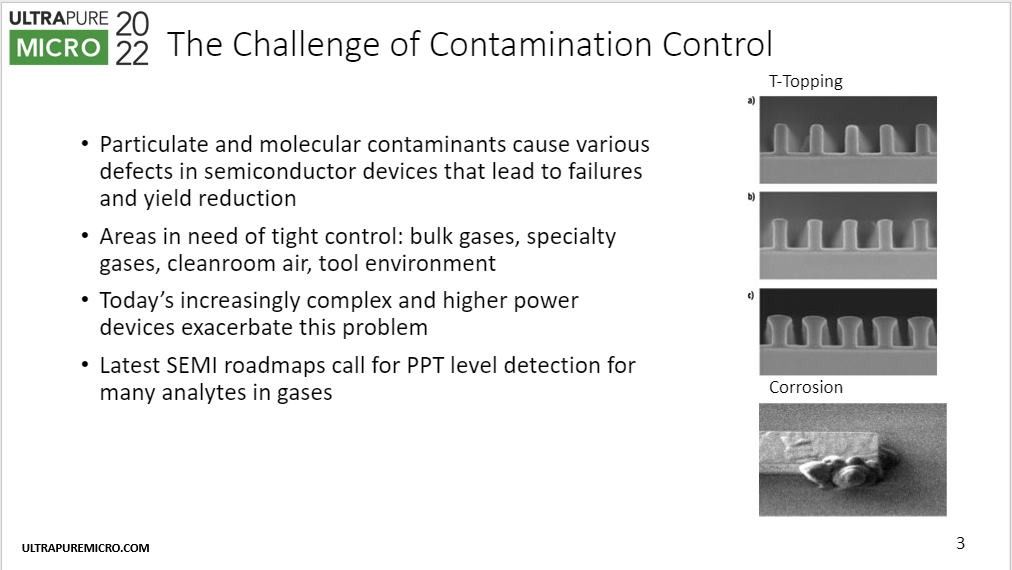Sustainability Roundtable: Catalyzing Innovation in Water Management via Data and SEMI Standards
Date Published 2022 | Seminars
Log in or Join UltraFacility to access this content
To access our resources you will need to be a member of UltraFacility, log in to your account or purchase a membership to view this content.
Already have an account? Log in
Roundtable handout from February Community Event
Organizations: FTD Solutions
Tags: SustainabilityUPW SystemWater ConservationSEMIData ManagementMetrology and Analytical Technology
Related content
Conference material | 2018
Semiconductors: Driving Innovation and Changing the World
Conference material | 2018
Development of an Online Urea Monitor for Ultrapure Water Production in Semiconductor Fabrication Plants

Conference material | 2022
Multi-Species PPT-Level Impurity Detection in Electronic Bulk Gases Using Atmospheric Pressure Ionization Mass Spectrometry
Conference material | 2015
THM – A Novel Sustainable Approach as a Global Solution for UPW Applications
Back to results